This galvanic cell sensor that measures oxygen concentration has been in use since the mid-1960s to detect (and alert) oxygen deficiency throughout all industries.
GASTEC is engaged in research and development of world-leading catalyst technology and power collection technology, and has realized a variety of highly sensitive, miniature sensors. These sensors detect the concentration of oxygen concerning which even a minute percentage change can affect the human body. They can also detect colorless and odorless toxic gases which cannot be detected by the five senses, and flammable gases which can bring about an explosion or other disaster. In this way, we promote the ability to visualize danger.
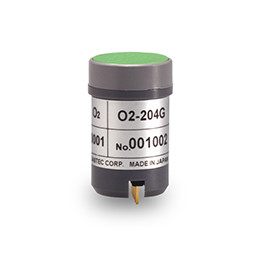
Product list
-
Gas sensors
-
Gas sensors
Controlled potential electrolysis sensor
From the mid-1960s, controlled potential electrolysis type sensors have attracted much attention as a means for sensing and measuring air pollutants such as sulphur dioxide and nitrogen oxide right at the source where they are generated and they are increasingly being used in such contents. In the latter half of the 1970s, they came to be more widely accepted as carbon monoxide or hydrogen sulphide measuring instruments alongside other combustion type or galvanic sensors, not only for flue gas monitoring or occupational hygiene and safety applications.
-
Gas sensors
Catalytic combustion sensors are classified according to the method employed to measure combustible gas, and they have come to be widely used to prevent methane explosions in coal mines from about 1959. Since then, they have been improved considerably and are now more widely used throughout various industrial sectors as reliable sensors.
-
Gas sensors
Non-Dispersive Infrared Absorption Sensors
The principle of non-dispersive infrared absorption uses the properties of individual gases in absorbing specific frequencies of infrared light which the sample gas is exposed to. The sensor measures the composition and concentrations by analysing the frequencies and extent of light absorbed. As all infrared light of all frequencies emitted from the light source is utilised, it is referred to as "non-dispersive."
-
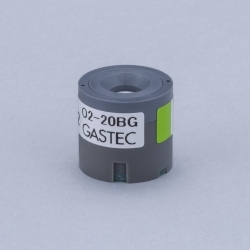
-
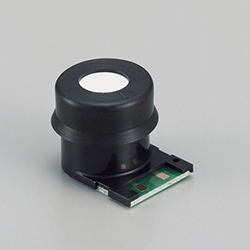
-
Gas sensors
Galvanic cell sensor
φ15 x 14 4g : GOT-110A / GOT-110A-2 / GOT-110B / GOT-110B-2
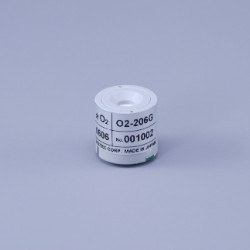
-
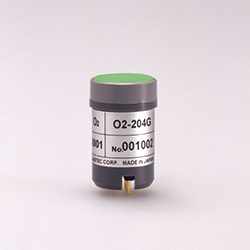
-
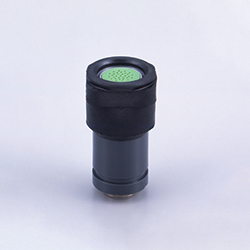
-
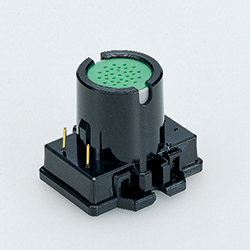
-
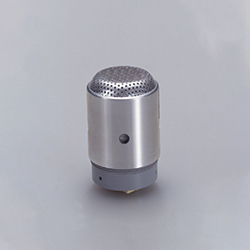
-
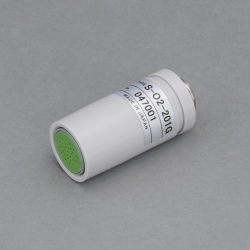
-
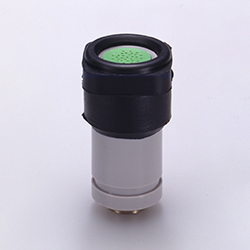
-
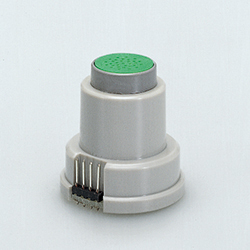
-
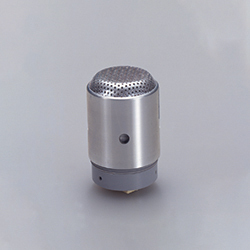
-
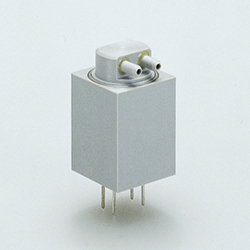
-
Gas sensors
Controlled potential electrolysis sensor
φ15 x 14 3g : GOC-200
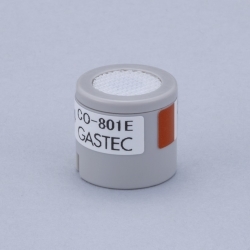
-
Gas sensors
Controlled potential electrolysis sensor
φ15 x 14 3g : GOC-200
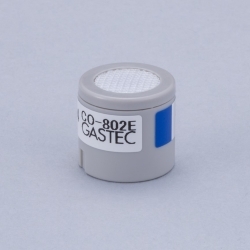
-
Gas sensors
Controlled potential electrolysis sensor
φ15 x 14 3g : CM-8A
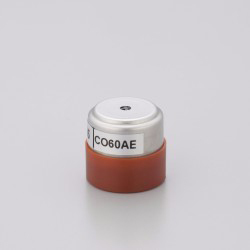
-
Gas sensors
Controlled potential electrolysis sensor
φ15 x 14 x 20 3g : GOC-100,GOC-100-2
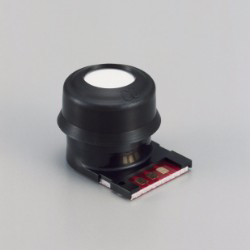
Product search
-
Detector tube Search
-
Search other products
-
Product search






